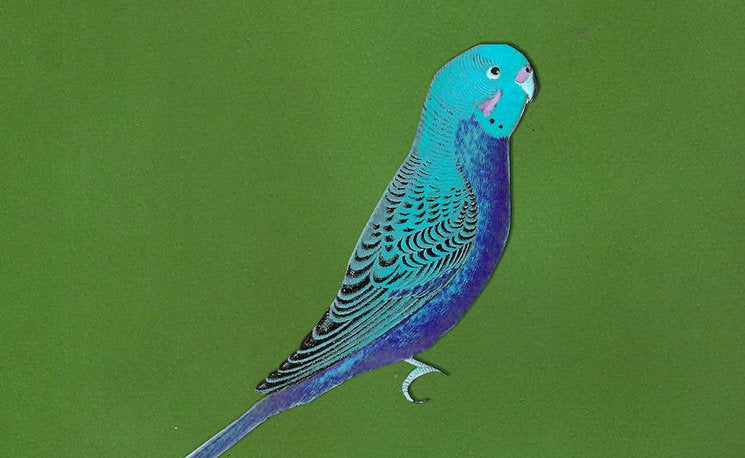A Bird on Fire, Stuffed Inside Another Normal-Looking Bird: Meg Freitag’s “Edith”
Confessional poetry—particularly work that deals with the end of a relationship—is exceptionally tricky to pull off without coming across as navel-gazing and self-centered. Edith, however, is a remarkable work of pathos, using the inward gaze to illuminate both the self and everything around that self.
A Bird on Fire, Stuffed Inside Another Normal-Looking Bird: Meg Freitag’s “Edith” Read More »
Confessional poetry—particularly work that deals with the end of a relationship—is exceptionally tricky to pull off without coming across as navel-gazing and self-centered. Edith, however, is a remarkable work of pathos, using the inward gaze to illuminate both the self and everything around that self.





